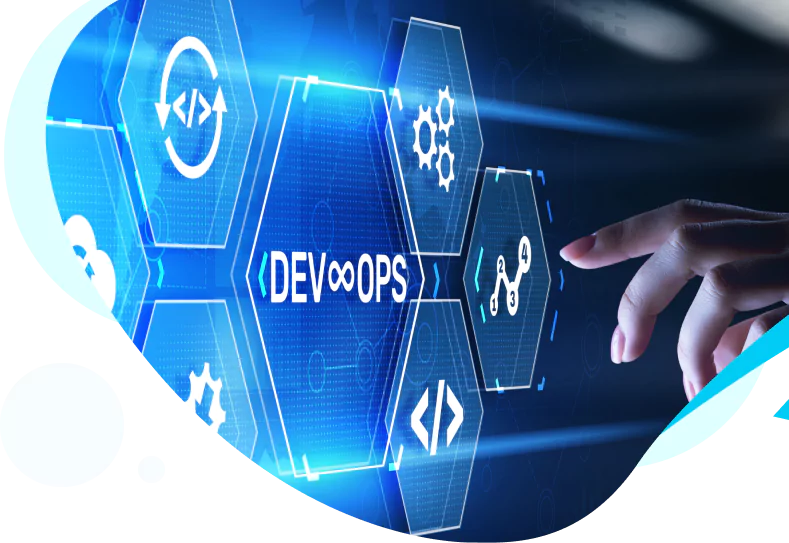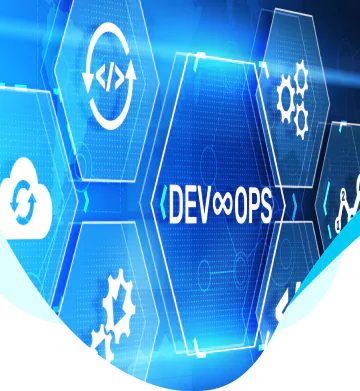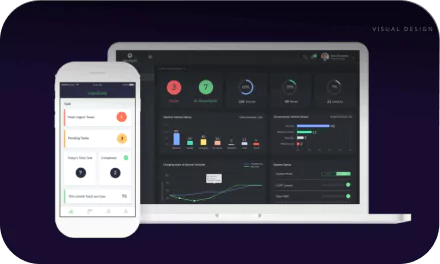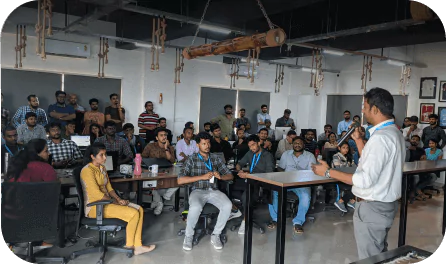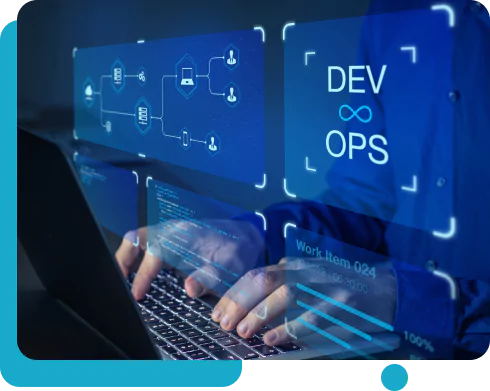
As the name suggests, DevOps stands for development and operations, which refers to the
organisational approach that enables faster development of any service or application. Along
with that, the DevOps team are responsible for maintaining the process of the existing
deployment. The team of DevOps manages the engineering procedure from its initial stage to
the end, with that being said, they emphasize more on deploying software in a reliable and
secure automated way.
Without the DevOps team, a shorter and more controllable process of automation would not be
possible. They adopt best practices and incorporate significant and advanced tools to
structurally iterate through the procedure. Although not technology, DevOps cover everything
from maintaining organisation to culture, going through the process to tooling.
This undoubtedly extended timelines and delayed the entire development process. There would be instances where the development team would move on to the next project, while the operations team would continue to provide feedback for the previous code. This took months to develop a code. Now, what if these two departments come together and work in collaboration with each other, so the wall of confusion is broken? Thus it is called the DevOps approach.

Let’s analyze the DevOps phases for a better understanding
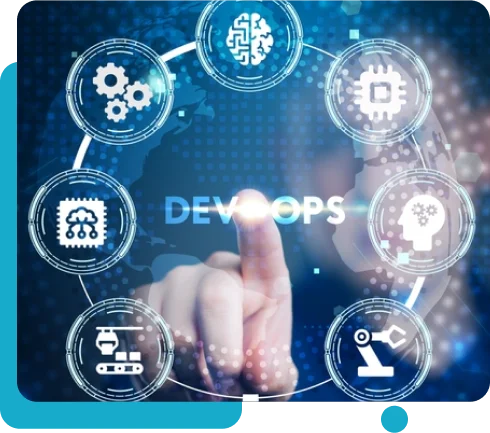
The DevOps culture is implemented in several phases with the help of several tools. Let’s have a look at these phases:
- The first phase is the planning phase, where the development team puts down a plan, keeping in mind the application objectives that are to be delivered to the customer.
- Once the plan is made, the coding begins. The development team works on the same code and different versions of the code that are stored in a repository, with the help of tools like gate and merged when required. This process is called version control.
- The code is then made executable with tools like Maven and Gradle in the build stage.
- After the code is successfully built, it is tested for any bugs or errors. The most popular tool for automation testing is selenium.
- Once the code is passed several manuals of automated tests, we can say that it is ready for deployment, and is sent to the operations team. The operations team now deploys the code to the working environment. The most prominent tools used to automate these phases are Ansible, Docker, and Kubernetes.
- After the deployment, the product is continuously monitored. Nagios is one of the top tools to automate this phase. The feedback received after this phase is sent back to the planning phase. And, this is what forms the code of the DevOps life cycle. That is the integration phase. Jenkins is the tool that syncs the code for building and testing. If the code passes the test, it is then sent for deployment, referred to as continuous integration.
There are many tech giants and organizations that have opted for the DevOps approach that helps in Online streaming services, shipping a large consignment and so much more.
With the DevOps team, a shorter and more controllable automation process is possible. They adopt best practices and incorporate effective and advanced tools to iterate through the procedure structurally. Although not technology, DevOps cover everything from maintaining organization to culture, going through the process to tooling.


Conclusion
The DevOps symbol resembles the infinity sign, suggesting that it is a continuous process of improving efficiency and constant activity. The DevOps approach makes companies adapt fast to development changes. The teams can now deliver quickly and the deployment process is more consistent and smooth Though there may be communication challenges, DevOps manages a streamlined flow between the teams and makes the software development process a success.
Today, more and more companies are leaning towards automation. With the aim of reducing its delivery time, and the gap between its development and operations teams. To attain all of these, there is just one gateway, DevOps.
Grow Your Business With UsYour digital product isn't just about the final application but the entire process of creating it as well as maintaining it through the years. We assist you in automating various processes in its development, allowing you to create better products faster. We provide you with a continuous process for creating a digital product. |
Related Services
Ready to take a leap?
Click here to start nowAbout Us
We are a Bangalore based Product Development and UX firm specialising in
Digital Services for the whole spectrum, from startups to fortune-500s.
We do not redefine anything or reinvent the wheel.







